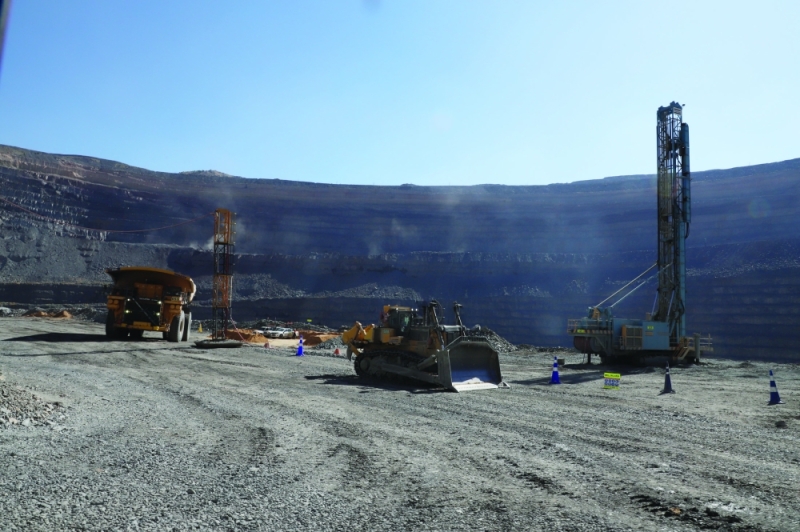Debswana assures on jobs as slump deepens
Mbongeni Mguni | Tuesday August 6, 2024 09:02


From an initial target of as much as 32 million carats at the beginning of the year, De Beers revised its maximum output this year to 29 million carats, then last week lowered this to 26 million carats. Debswana produces about two-thirds of De Beers’ annual output.
“Debswana continues to manage costs in response to the market downturn, and currently labour reduction is not one of the levers to pull,” Matshidiso Kamona, Debswana Senior Corporate Affairs Manager told BusinessWeek in an emailed response to questions. “Any changes to production guidelines are communicated. Any employee-related matters are regularly communicated with employees. “There are no decisions made to cut jobs.”
Industry analysts have said steep cutbacks in Debswana’s production would lead to excess spare capacity at the mines, necessitating layoffs or other form of labour restructuring. With Anglo American, the majority shareholder in De Beers, now projecting a “protracted recovery” in diamond demand, fears had grown that the local operations would be limited in how long they could hold out for a rebound.
Kamona said Debswana regularly conducts market research to stay informed about “local and global macroeconomic conditions and dynamics within the diamond industry”.
“The diamond industry is currently experiencing a downturn, with market research indicating a slowdown in demand, as reported by various industry players,” she said. “Debswana continues to produce according to demand as it is prudent to do so.”
While Debswana was forced to cut jobs in 2009 after the demand crunch caused by global financial crisis, the company has tightened its structures since then, while also producing to demand and avoiding costly stockpiling. The tailings plants at Jwaneng and Letlhakane have also introduced unparalleled operational flexibility for Debswana, allowing it to curtail production without mass job cuts.
The local mine is hoping to ride out the slump in demand for diamonds that has beset the industry and the economy since the second half of last year. Yesterday, the Bank of Botswana reported that Debswana’s exports in the first half of the year were down 47% at P17.6 billion, one of the sharpest year-on-year drops in recent times.
The drop in exports came after production at Debswana fell 24% to 9.7 million carats in the first half of the year, as mining activities were restrained in order to allow demand to recover in key retail markets.
The slump in exports will be a body-blow for the Finance Ministry’s plans to spend a record P102.3 billion in the development and recurrent budget for the 2024–2025 financial year.
The Finance Ministry is expected to unveil its latest revenue and spending revisions next month when it publishes the 2025–2026 Budget Strategy Paper, the annual blueprint of estimates produced as part of the budget process.
Lower production at Debswana is also expected to adversely impact growth this year, with the Bank of Botswana already projecting that the estimate of 4.2 percent will be missed.
